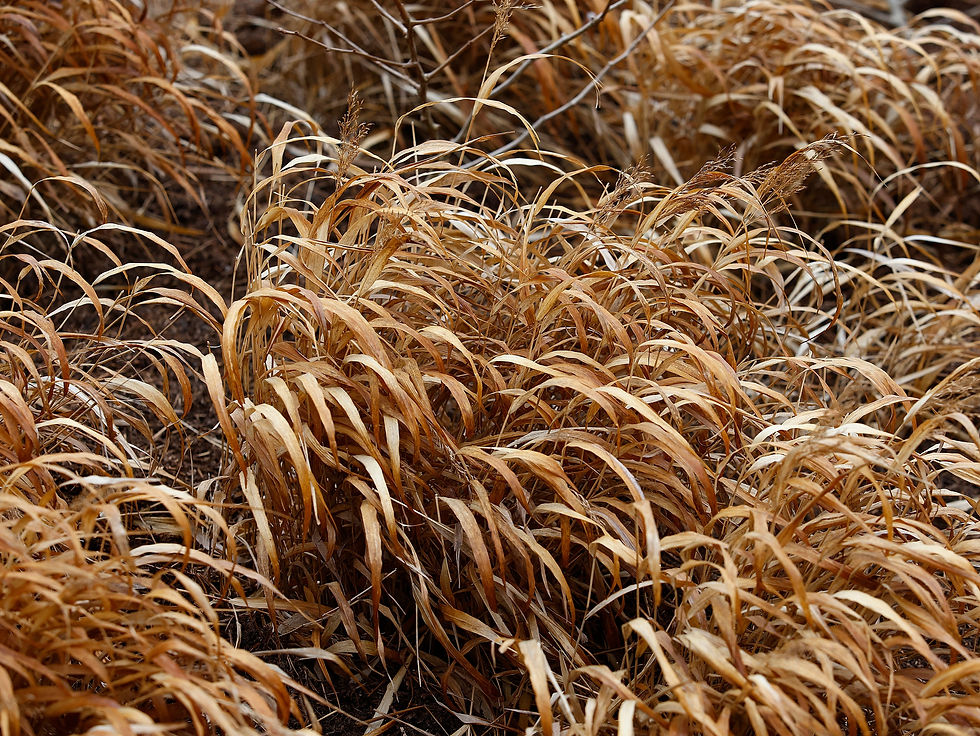Starting Your Seeds Indoors
- Katherine Aul Cervoni
- Feb 15, 2021
- 4 min read

Once you've planned out your garden beds for the season, and purchased your seeds, it's time to get them planted up and ready to sprout! Here's a step-by-step guide to getting your's started as well as my favorite tools and materials for doing so.
Check your last frost date
Before you do any planting, you need to know what your areas average last frost date is. Simple put, this is the last day that your area is likely to have below-freezing temperatures until the fall or winter. Your seed packets will reference this and it is an important touchstone for knowing when you can plant certain seeds. Google "last freeze date" and the name of your city to find out what your's is. Atlanta's is typically March 23rd – although I'm going with April 1st to play it safe, and Brooklyn's is typically April 15th-21st (depending on what source you check). If you can't get a straight answer, it is better to plant on the later side than the early side.
Get to know your seeds

Each of your seed packets will have detailed information about when to sow them indoors vs. outdoors (in this case, we're talking about starting them indoors), as well as recommending planting depth. There may also be additional info such as recommended temperature (e.g., tomatoes and peppers really like it warm to germinate) or watering directions. Be sure to read through these before you plant.
Gather your soil and containers
Healthy plants start with great soil, and in this case, you'll need a seed starter mix. This type of mix is extra lightweight, which is necessary for tiny new plants to break through as they sprout upward and outward. This year I'm using Purple Cow Organics Seed Starter Mix and am really pleased the results so far. One twelve oz. bag was the perfect amount for 4 of my seed trays. Espoma and Coast of Maine also make excellent seed starter mixes. These are the seed trays I'm using and I bought 2 sets for a total of 6 trays. I like that the containers come with both a lid (essential for a mini greenhouse environment to get the seeds to sprout) and a tray (perfect for bottom watering) and are sturdy enough to be reused each season.
Choose your sunniest spot
Seeds need as much sun and warmth as possible in order to grow into strong, healthy plants so pick the sunniest spot you've got. A windowsill is ideal and in my case, I've commandeered half the dining room table since it gets lots of sunlight from our south-facing french doors and is just out of reach for our curious toddler.
Plant them up

Planting is quick and easy! Fill your containers with soil and use your finger to create shallow divots in each cell. Follow the depth instructions from your seed packets - this will range from 1/8" to 1/2". For large seeds, like peas, I'll plant one to a cell, but for much smaller seeds, I sprinkle several (up to 5) in each cell. Cover with seed starter and gently press down to ensure good contact between the seeds and soil.

Label, water and cover

I can't stress this enough, you must label your seeds as soon as you plant them! They can be very challenging to identify as young plants without this. It's also important to water your seeds just after planting to help jumpstart germination. I like bottom watering which is when you pour water into the tray your seed containers are resting in up to half an inch deep then set the containers back into the tray. The water will be absorbed through the base of the containers encouraging deeper roots and also keeping the soil and seeds from being disturbed. Finally, cover your seeds with their clear lids and set them in their sunny spot.
Stay diligent
It's important to check your seeds daily for signs of germination and moisture levels. Seeds must be moist in order to germinate in the first place and young seedlings also need consistent water to keep from drying out and wilting. However, take care not to keep your soil soggy as overwatering will lead seedlings to dampen off (i.e., wilt and die). Also, as soon as you see signs of germination remove and keep the lids off of your seed trays. Keeping the lids on may cause the seedlings to grow upward too quickly making them tall but far too thin to be able to support themselves. It's better for your seedlings to grow more slowly, but nice and strong.

Additional Tips and Tricks
If you don't have a sunny spot for your seeds, but still want to start them indoors try using a grow light like one of these.
Once they start growing your seedlings will lean towards the light. Rotate them daily to help keep things balanced.
Lightly brushing your hand over the young seedlings mimics a gentle breeze and helps them grow stronger stems.




Comments